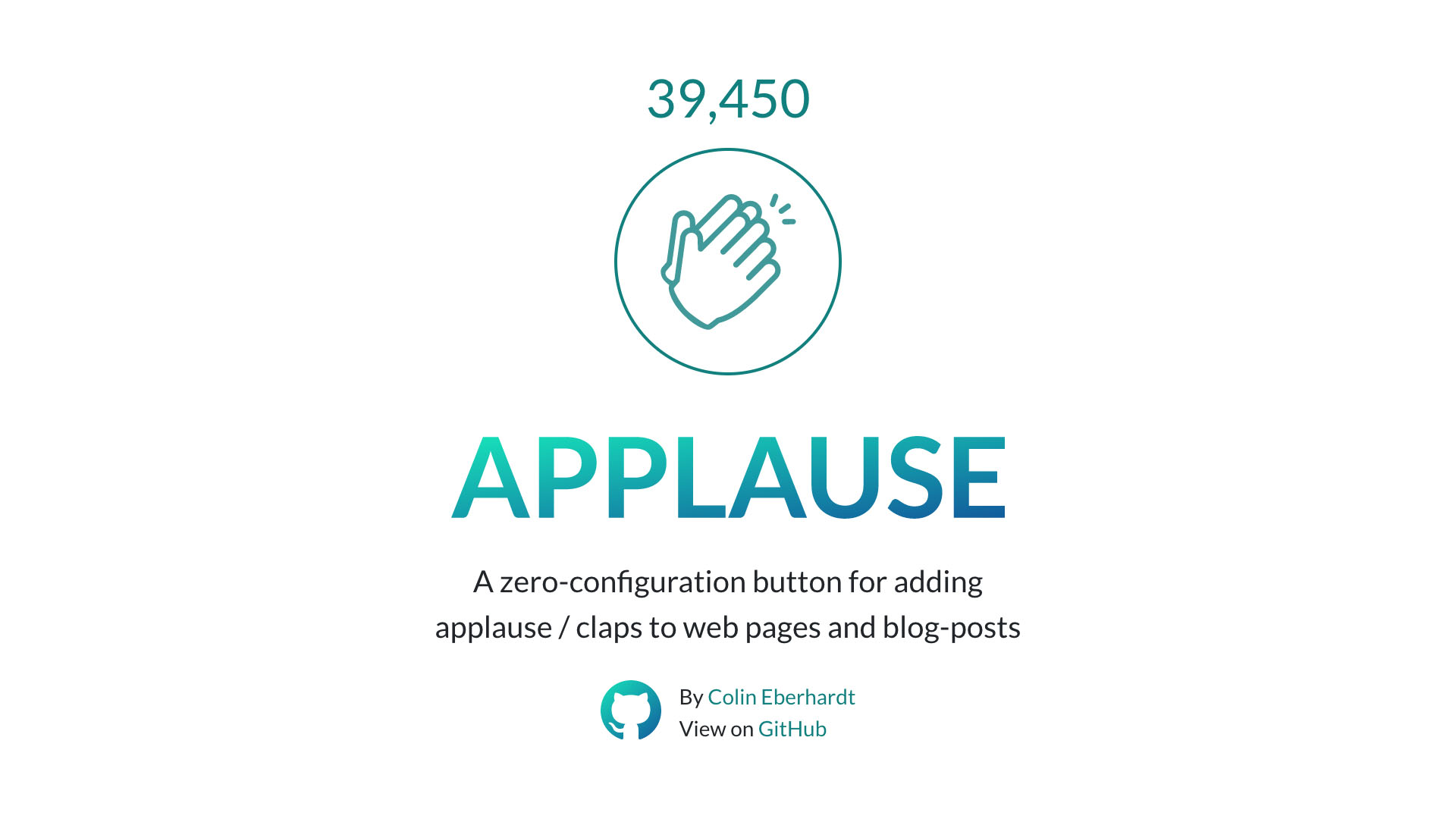
Facebook is constantly in the news these days for one scandal or another, though for most of us, this is very old news. From the very beginning back in 2004, Mark Zuckerberg made it clear what he thinks of users freely giving up their personal data to him, and that’s that they’re “dumb fucks.”
But even among the non-tech-savvy, Facebook has become a household name synonymous with creepy data collection, to the point where they’ve now had to rebrand as Meta (a name only slightly less awkward than simply calling it Data). At least it’s an honest name, in that that is indeed their primary purpose, collecting your meta data.
The Like button, first introduced in 2009, was a new and genius way for Facebook to profile their users even more, not just onsite, but as a clever way to install trackers all over the web. There’s really nothing else like it. Other social media platforms, not even Twitter, ever introduced a Like button that you could embed on your own website, in apps, on posts, and other types of content.
I personally searched far and wide to find an open source, not-so-creepy alternative. I finally found it in the Applause Button, created by Colin Eberhardt.
Give it a try:
I’ve already begun replacing the Facebook Like buttons I was using on various projects with the Applause Button, as well as personally backing the project, and creating two WordPress plugins powered by the Applause Button to help make it more easily accessible to people:
There are so many applications for the button and so many different ways to customize it. You can use whatever icon you like, the count can represent a clap, like, love, vote, upvote, recommend, or whatever you need it to be for your project. I’m sure there are even more creative applications for the project that I haven’t thought of.
Whatever the case, I’m all in. This is the one to back as the definitive replacement for the Facebook Like button. If you need a like button, but without the creepy tracking, consider donating to the project.
